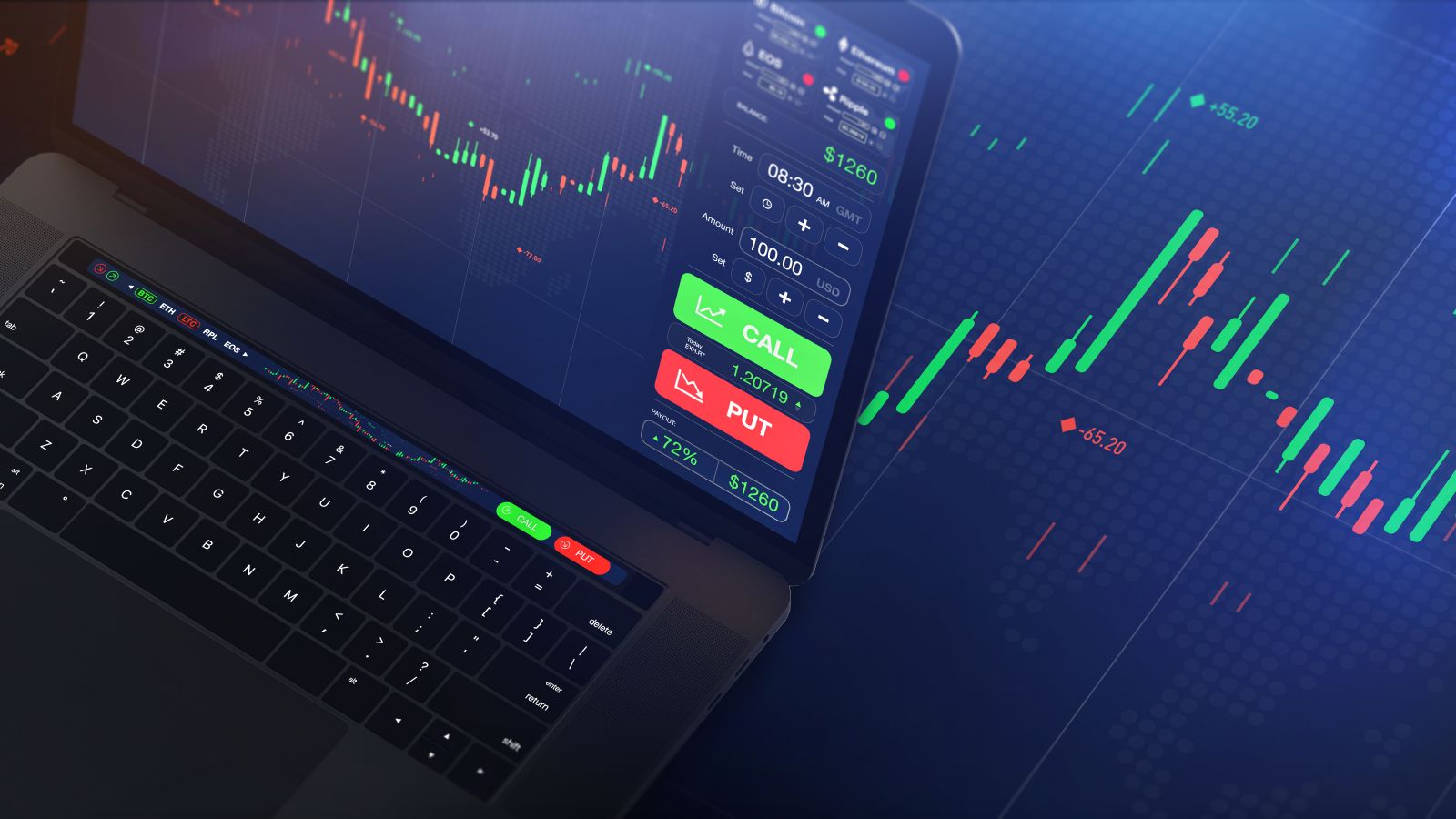This 82% Payout Options Trade on BILL Stock is Backed by a Compelling Quant Signal

Irrespective of personal interest toward options trading, an understanding of aberrant transactions in the derivatives market provides important clues regarding sentiment. Fundamentally, options represent the arena of the smart money — essentially professional and institutional investors. As such, their activity may broadcast future market trajectories before they materialize.
Those seeking to extract quick alpha from derivatives may want to focus on Bill Holdings (BILL). On Friday, total options volume reached 15,659 contracts, representing a 112.76% lift from the trailing one-month average. Further, call volume was 15,047 contracts, while put volume came in at 612, yielding a put/call ratio of 0.04.
Drilling into options flow — which exclusively targets big block transactions likely placed by institutional investors — sentiment was generally positive. Overall, net trade sentiment on Friday was $547,700 above parity, thus favoring the bulls.
Still, in the open market, BILL stock has struggled massively. Since the start of the year, the company’s market value has plunged almost 48%. This disastrous performance brings the 52-week return to a 14.45% loss. For most investors, BILL has become the proverbial falling knife — and frankly, such entities usually should be avoided.
At the same time, options trading isn’t about why an investment has acted the way that it has. Rather, it’s about how — how much, how fast and most importantly, how likely.
In other words, as a trader, you’re not terribly concerned about whether Bill will become the go-to platform of its industry or will wither away a decade from now. The point is whether BILL stock can move in a particular direction within a defined time period.
From a quantitative perspective, Bill is awfully intriguing.
Market Breadth Data Points to Upside for BILL Stock
While there are many approaches that options traders take in deciphering the best strategies, practically all rational methodologies begin with a basic understanding of probabilities. Functionally, this is calculated by a simple rise-over-run style equation.
For BILL stock, the chance that a long position for any given week will be profitable is around 52%. This baseline probability is calculated by taking the number of positive weeks divided by the total number of weeks in the dataset. Essentially, the bulls have a 2% advantage over a coin toss — it’s an edge but nothing to write home about.
However, the long-side probability is almost certainly not 52% across all sentiment regimes. Certain sentiment cycles may generate odds that deviate significantly from the baseline. The trick, then, is to wager on securities that flash a statistical “hot hand,” which is what makes BILL stock so tempting.
In the past two months, BILL printed a “4-6-D” sequence: four up weeks, six down weeks, with a net negative trajectory across the 10-week period. Notably, in 61% of cases, the following week’s price action results in upside, with a median return of 4.31%.
If the implications of the 4-6-D sequence play out, then there’s a solid chance that within a week or two, BILL stock will rise above the $46 level. Should the bulls maintain control of the market, a push above $47 wouldn’t be out of the question.
To be clear, we’re dealing with the realm of probabilities, not certainties. While the success ratio may be 61%, that still leaves a possible failure rate of 39%, which is nothing to scoff at. Moreover, traders should be warned that when the aforementioned market breadth sequence fails, the median loss is 6.47%. Therefore, the magnitude of loss is greater than the magnitude of reward.
Nevertheless, from a probabilistic standpoint, a baseline wager that is barely superior to a coin toss is now a 61/39 wager. As such, investors are incentivized to consider a debit-based options strategy where the trader buys the probability (so to speak) rather than sells the uncertainty.
An Aggressive but Rational Wager to Consider
Those interested in playing the numbers game may consider the 44/46 bull call spread expiring June 6. This transaction involves buying the $44 call and simultaneously selling the $46 call, for a net debit paid of $110. Should BILL stock rise through the short strike price at expiration, the maximum reward is $90, a payout of nearly 82%.

Primarily, what makes this trade attractive is the median response to the 4-6-D sequence. Based on the median return, BILL stock should have more than enough juice to pip the short strike price at the June 6 expiration date. The target theoretically should arrive earlier but the extra week provides some theta cushion.
Finally, the baseline probability means that, unless there was a compelling reason to be contrarian, traders over the long run would be better served with a bullish debit strategy. But with the implications of the 4-6-D sequence, this incentive is further heightened.
On the date of publication, Josh Enomoto did not have (either directly or indirectly) positions in any of the securities mentioned in this article. All information and data in this article is solely for informational purposes. For more information please view the Barchart Disclosure Policy here.

